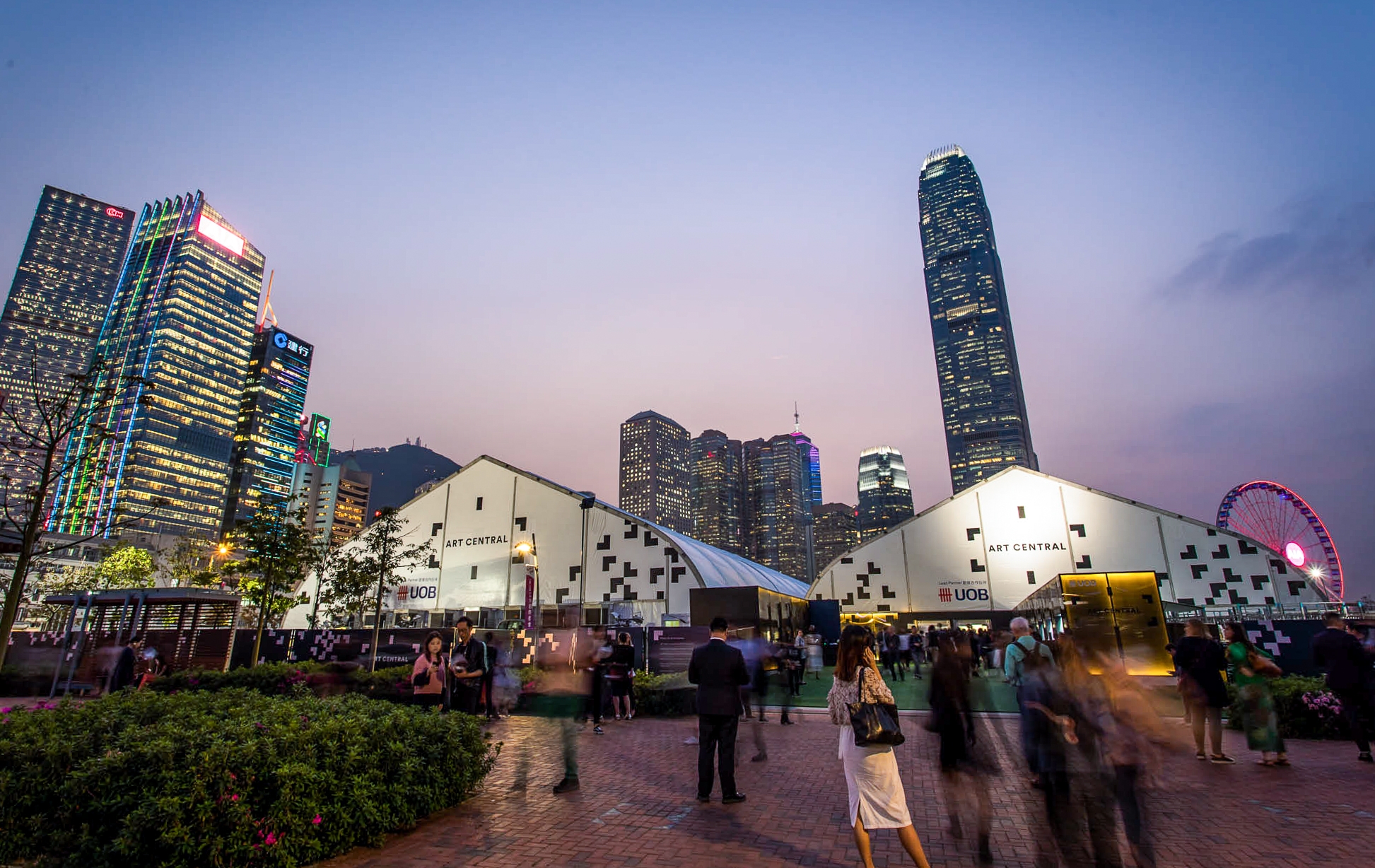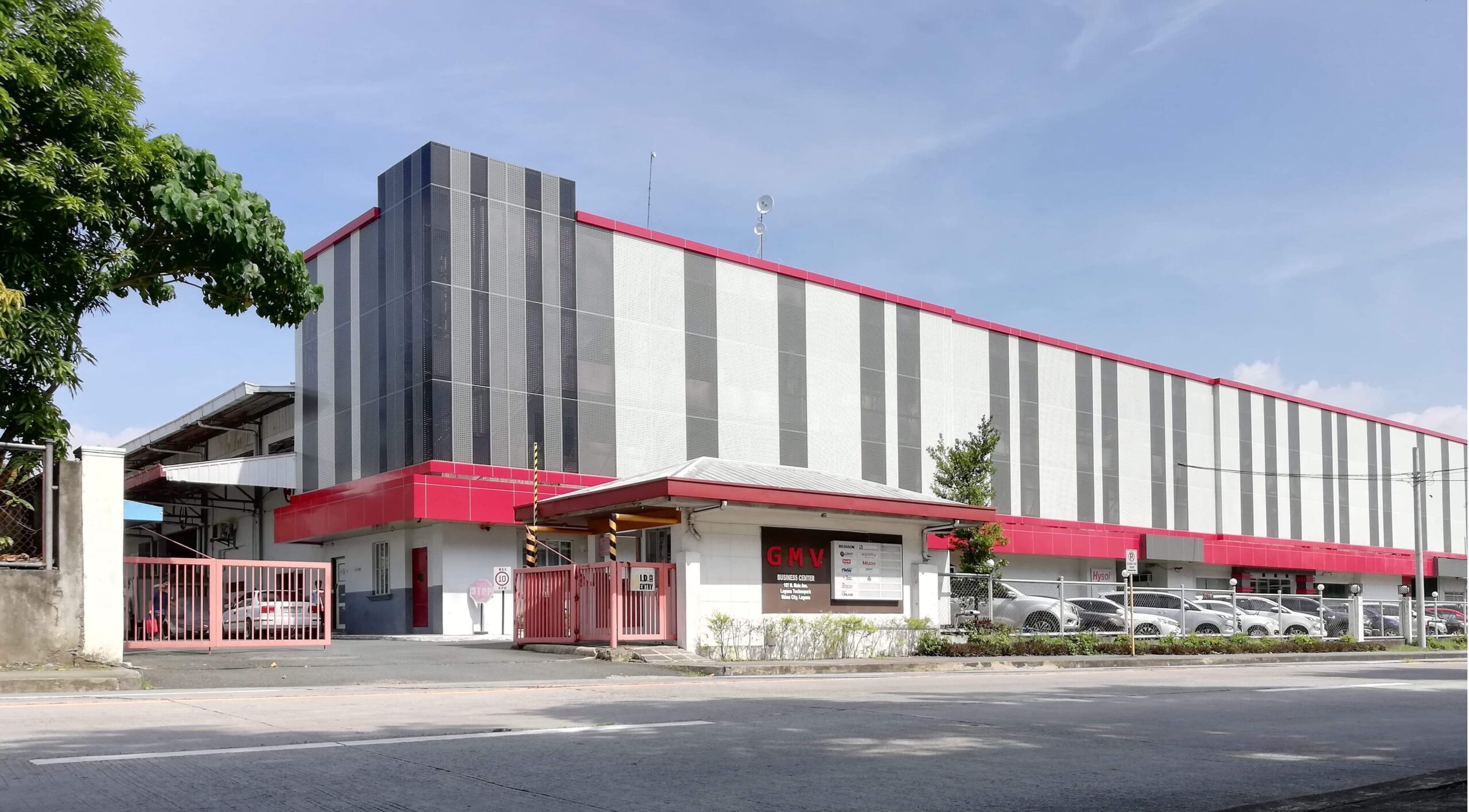As business and tourism in Cebu continue to set new highs on an annual basis, it is of utmost importance that the necessary infrastructure be upgraded constantly in order to cope more effectively with the rising demands of the increasing number of visitors.
And at the Mactan-Cebu International Airport (MCIA), renovations have been ongoing since early 2015, particularly in the domestic and international terminals – where widespread improvements have been seen.
Right on schedule
During a press gathering, GMCAC (GMR-Cebu Airport Authority) authorities led by GMR President Andrew Harrison reiterated that the upcoming new international terminal would be opening right on schedule on July 1, 2018, despite delays in land acquisition.
Costing over PhP17.5 billion, the 65,000-square meter terminal adopts a resort concept, with natural lighting, and polished mother-of-pearl flooring, set as prominent design features. The terminal’s capacity is 4.5 million passengers, with enough expansion room for another 4.5 million people.
Harrison noted that the three-story terminal would actually open a month before the July 1 target to test all the processes and operations with different community sectors, and to ensure the efficiency and operability of all the necessary equipment.
“We will conduct separate walk-throughs with various stakeholders such as media, business, academe, tourism stakeholders, government, and others. We want them to have a feel of the new terminal at its opening phase. We are also eager to hear feedback from them so we can make the necessary changes,” Harrison bared.
The processes mentioned include test flights, baggage claims, power outages, check-ins, among others, to ensure minimal inconvenience for passengers.

Other airport developments
The GMR president also disclosed that the three-story terminal will allot 15,000 square meters for concessionaires to sell top-notch local and duty-free products.
Avigael Maningo, junior manager for corporate communications and CSR, announced that the company has conducted sales missions nationwide to promote more local connections from Cebu to places such as Davao, Iloilo, Cagayan de Oro, and Tacloban, in the first quarter of 2018 alone.
This led to opportunities for the GMCAC and participating airlines that include Air Swift, Cebu Pacific, PAL, Philippines AirAsia, Cathay Pacific, China Eastern, Emirates, and Eva Air to update the attendees of the latest infrastructure developments, and to promote their connections via Cebu.
Other airport developments include the creation of two exclusion rooms for passengers on the watch list, and/or those lacking travel requirements. These passengers will be charged PhP5,000 for every 24-hour period, and are allowed to order room service for their meals.
Restrooms have also been upgraded to designer comfort rooms for added convenience of the passengers. These include toiletries, diaper changing facilities, better fixtures and lighting, and facilities for PWDs.
Baggage claim belts have also been upgraded, while more baggage carts have also been made available.
JR Ramos, GMCAC marketing executive, disclosed that the airport already operates 24 hours due to the late evening and early morning flights from China and Korea, along with the domestic red-eye flights.
A total of 24 airlines have already established offices in the airport, with more due to arrive within the year.
The year 2017 witnessed the entry of six new international airlines, namely Air Juan, Pan Pacific Airlines (Korean), Juneyao, OK Air, Lucky Air, Sichuan Airlines—the last four of which are China-based.
GMCAC, the private operator managing MCIA, reached a total of 9.97 million passenger traffic in 2017. This is up 11.72 percent from its total of 8.93 million passengers in 2016.
The 9.97-million mark was just a few thousands off its target of 10 million, which would have easily been met had the Abu Sayyaf terrorists not sowed trouble in Bohol, and especially in Marawi City.
The MCIA also recorded a total of 66,120 domestic flights in 2017, up 17.64 percent from 56,210 in 2016. This translates to an average of 181 daily flights or 7.54 flights per hour.
International flights increased 30.84 percent – from 16,390 in 2016 to 21,440 in 2017. This equals an average of 58.7 flights per day.
The GMAC is a Filipino-led consortium managing the terminal operations and other related areas of the MCIA. Under the Public-Private Partnership framework, the GMR group of India and the Megawide Construction Corporation joint venture will deliver a second terminal and rehabilitate the existing one.
By RICHARD RAMOS

New Mactan airport terminal set to open mid-2018
Published on March 6, 2018
This post was last updated on March 26th, 2020 at 02:48 pm









